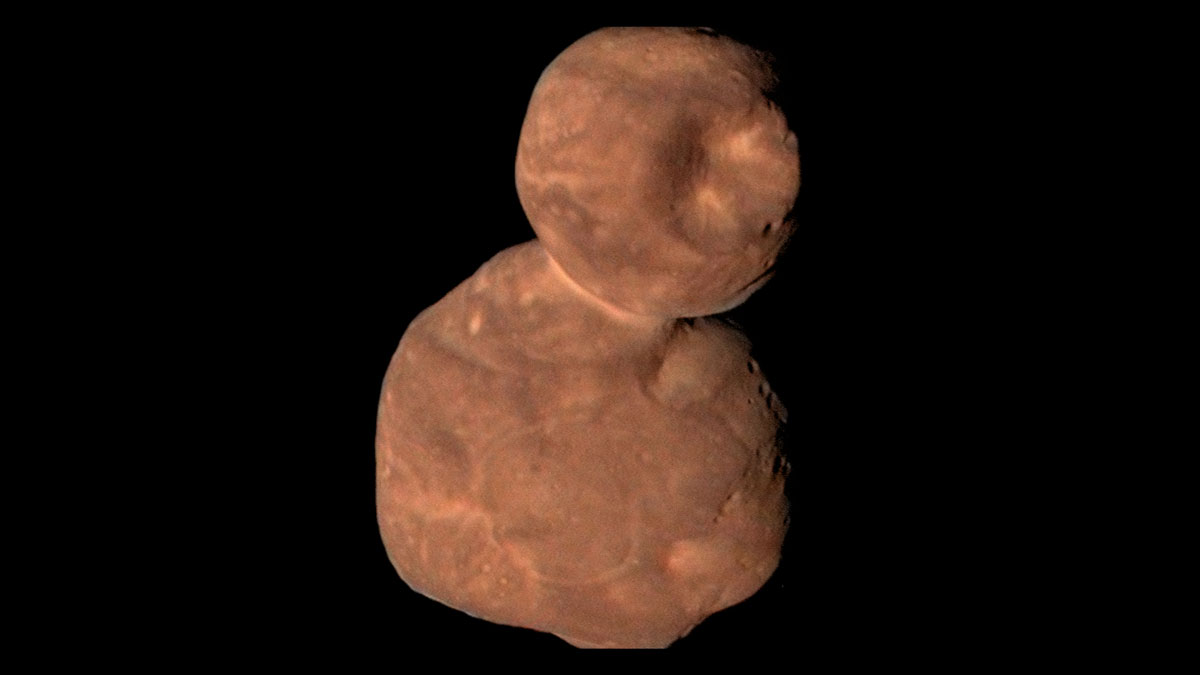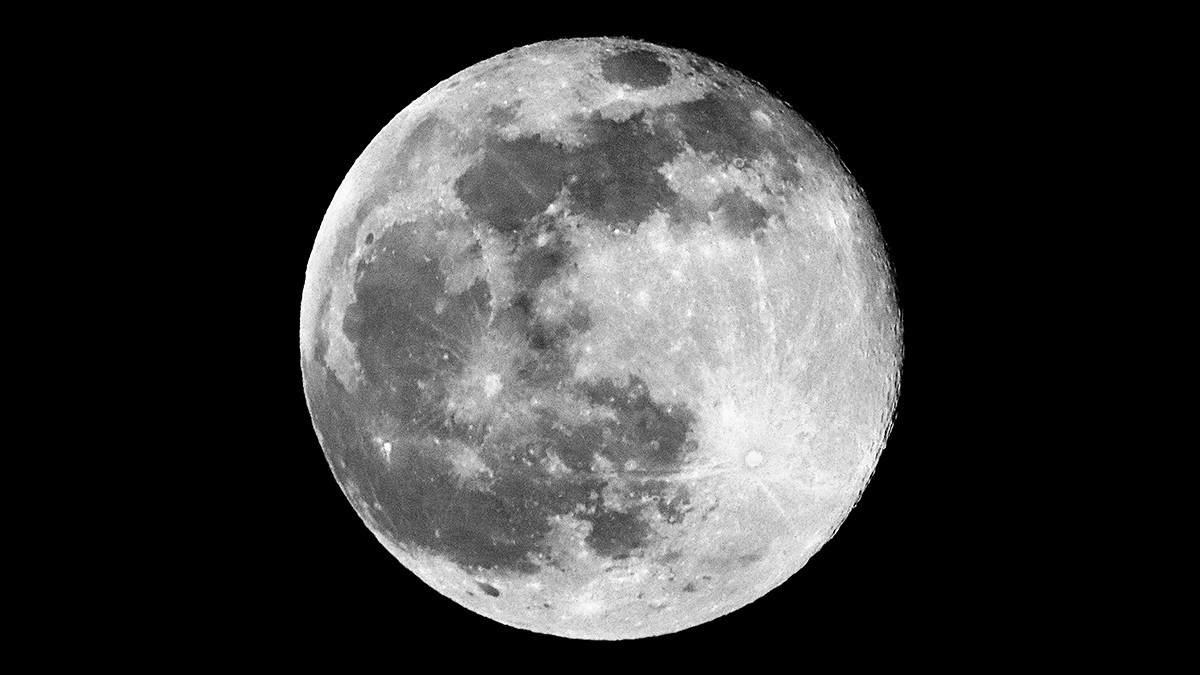A new book presents an interdisciplinary review of Alfvén wave research, sharing the latest insights from the solar, planetary, and terrestrial sciences.
solar system
Passing Stars Shorten Earth’s Time Horizon
Stars in the solar neighborhood could jostle planetary orbits, making it harder to turn back the clock and examine Earth’s orbital or climate history.
Hiroshima Fallout May Offer a Glimpse of the Early Solar System
Bits of glass called Hiroshimaites may have formed by processes similar to those that formed the Sun and the planets.
La música de las esferas del siglo XXI
Científicos y artistas están dando voz a todo, desde planetas hasta agujeros negros, enriqueciendo la experiencia de la investigación y acercando las maravillas del universo a nuevas audiencias.
That’s No Moon; It’s an Ocean World
If Saturn’s cratered moon Mimas has liquid water beneath its surface, ocean worlds might be far more common in the solar system than we thought.
The 21st Century’s “Music of the Spheres”
Scientists and artists are giving voice to everything from planets to black holes, enriching the research experience and bringing wonders of the universe to new audiences.
La Luna es incluso más antigua de lo que los científicos pensaban
¿Cómo se formó la Luna y cuántos años tiene? La datación más precisa hasta el momento del satélite más grande de la Tierra determinó que es mucho más antigua de lo que se pensaba previamente.
Arrokoth’s Mounds Hint at How Planetesimals Form
The most remote world ever seen up close is a mash-up of smaller pieces.
The Moon Is Even Older Than Scientists Thought
How did the Moon form and how old is it? The most precise dating yet of Earth’s largest satellite found that it is much older than previously thought.
Getting Psyched Up for an Asteroid Mission
The first mission to a metallic asteroid, scheduled for launch on 5 October, could provide clues to the formation of Earth and the solar system’s other inner planets.










